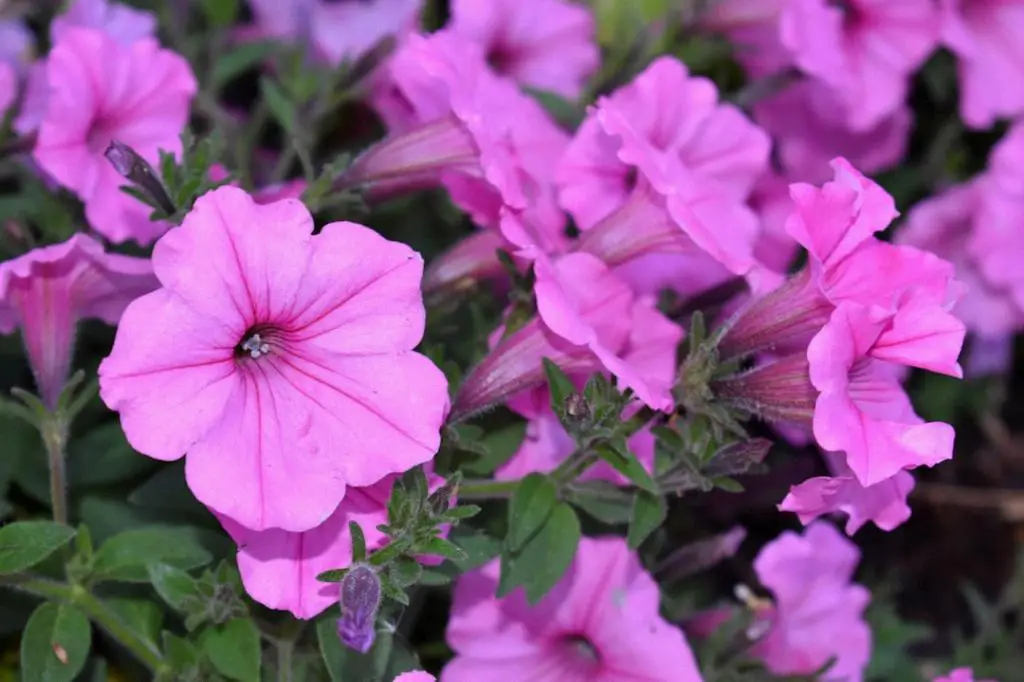When it comes to maintaining the beauty and health of your petunias in pots, pruning is a crucial aspect that should not be overlooked. Proper pruning not only helps in promoting new growth and blooms but also ensures the overall vitality of your plants. In this detailed guide, we will walk you through the essential steps to prune your petunias effectively.
1. Timing Is Key
Before you start pruning your petunias, it’s important to consider the timing. The best time to prune is typically in early spring or late summer when the plants are actively growing. Avoid pruning during extreme weather conditions or when the plants are stressed.
2. Equipment Preparation
Make sure you have the right tools for the job. Sharp, clean pruning shears are essential for a precise and clean cut. Disinfect your pruning shears before and after each use to prevent the spread of diseases among your plants.
3. Removing Spent Blooms
One of the most common reasons for pruning petunias is to remove spent blooms. This process, known as deadheading, helps redirect the plant’s energy towards producing new blooms rather than setting seeds.
4. Pinching Method
Another effective pruning technique for petunias is pinching. Pinching involves removing the tip of the stem, which encourages branching and results in a bushier, fuller plant. Use your fingers or shears to pinch off the top few inches of the stem.
5. Stem Trimming
Trimming the stems of your petunias can help control their size and shape. Cut back long, leggy stems to promote a more compact growth habit. Make sure to trim just above a set of leaves to encourage new growth.
6. Fertilizing After Pruning
After pruning your petunias, it’s essential to provide them with the nutrients they need to recover and thrive. Consider applying a balanced fertilizer to support new growth and flowering.
7. Watering Guidelines
Water your petunias appropriately after pruning. Keep the soil evenly moist, but not waterlogged. Avoid overhead watering, as this can lead to fungal diseases. Water at the base of the plant to ensure thorough hydration.
8. Monitoring Plant Health
Keep a close eye on your petunias after pruning to monitor their health and growth. Look out for any signs of stress, such as yellowing leaves or wilting. Address any issues promptly to prevent further damage.
9. Pruning Frequency
Depending on the growth rate of your petunias, you may need to prune them regularly throughout the growing season. Monitor the plants closely and prune as needed to maintain their shape and encourage continuous blooming.
10. Training Vining Varieties
If you are growing vining petunias in pots, consider training them to climb a trellis or support structure. Prune the vines to redirect their growth and encourage upward growth. This will help you create a stunning vertical display.
11. Overwintering Preparation
As the growing season comes to an end, prepare your petunias for overwintering. Prune them back to a manageable size and consider bringing them indoors if you live in a cold climate. Provide adequate light and temperature conditions for the plants to survive indoors.
12. Enjoying the Fruits of Your Labor
With proper pruning and care, your petunias in pots will reward you with a bountiful display of colorful blooms throughout the season. Take the time to appreciate the beauty of your plants and the effort you have put into maintaining them.

